I was delighted to be invited by Goldcrop to Teagasc Grange last week to the launch of its new white clover varieties Clodagh and Dungloe.
While there, we got a tour of the red clover variety trial, an update on the dairy calf-to-beef and multispecies sward systems, as well as a visit to the Derrypatrick herd to see different red clover and white clover swards, including Fearga red clover sown in 2022.
Bred and developed by Goldcrop in conjunction with Teagasc Oakpark, Fearga is the first-ever red clover variety to be bred under Irish conditions for Irish farmers.
The breeding objectives of Fearga were to overcome poor yield and persistence, to make red clover more reliable and attractive to use for Irish farm systems.
Experimenting
As many of you will know at this stage from reading my articles, red clover is something I’ve been trialling on my own farm for the past three years.
Trialling sounds like I’ve been doing something scientific, which, to be honest, couldn’t be further from the truth. 'Playing with' would probably be a better description.
But while I’ve been playing, I’ve learned a lot of about what red clover is capable of and, so far, I can’t help but be impressed.
The first field I sowed in 2022 is coming into its fourth season and, to be honest, at this point is not looking overly impressive.

Goldcrops launch of two new white clover varieties at Teagasc Grange.
But I thought the same this time last year and the field went on to yield three excellent crops of silage with almost no chemical fertiliser.
I say almost none, because I did spread some 0:7:30 on the field after the first crop of silage.
Other than that, the field only got slurry and if I had had enough slurry to spread it a third time, it probably would have gotten no chemical fertiliser at all.
Twenty-five bales/ac of well-wilted top-class silage was the final count over three cuts. I think anyone who wouldn’t be happy with that yield, with little or no fertiliser, would be hard to please.
The quality and yield this year will tell the tale. If the field has to be reseed again too quickly, then whatever savings that have been made in the fertiliser will be lost in the cost of reseeding.
Management
Three to five years is generally the lifespan of a red clover sward. I’m coming into my fourth now and things are still looking promising.
However, red clover is definitely not for everyone and does need to be managed astutely. A poor management decision can shorten or even end the lifespan of the sward.
It was interesting to listen to research officer in Teagasc Grange Dr Peter Doyle talk about his experiences of managing clover and how one decision he was forced to make due to poor weather conditions affected his sward.
He explained how he was grazing a particular paddock in the back end of the year, but was forced to take stock out of the paddock due to deteriorating weather and ground conditions. At this point, only half the paddock had been grazed.
He was then obviously forced to carry a heavier cover of herbage on the non-grazed portion throughout the winter and, effectively, has ended up in a situation where the portion of the field that was grazed has 90% clover and the portion of the field that he couldn’t graze has only 10% clover.
So, to conclude, the fact that we now have a homebred red clover variety, designed for Irish conditions, means that Irish farmers have never been better placed to try it for themselves and make up their own minds and hopefully that is something that will happen.
I was delighted to be invited by Goldcrop to Teagasc Grange last week to the launch of its new white clover varieties Clodagh and Dungloe.
While there, we got a tour of the red clover variety trial, an update on the dairy calf-to-beef and multispecies sward systems, as well as a visit to the Derrypatrick herd to see different red clover and white clover swards, including Fearga red clover sown in 2022.
Bred and developed by Goldcrop in conjunction with Teagasc Oakpark, Fearga is the first-ever red clover variety to be bred under Irish conditions for Irish farmers.
The breeding objectives of Fearga were to overcome poor yield and persistence, to make red clover more reliable and attractive to use for Irish farm systems.
Experimenting
As many of you will know at this stage from reading my articles, red clover is something I’ve been trialling on my own farm for the past three years.
Trialling sounds like I’ve been doing something scientific, which, to be honest, couldn’t be further from the truth. 'Playing with' would probably be a better description.
But while I’ve been playing, I’ve learned a lot of about what red clover is capable of and, so far, I can’t help but be impressed.
The first field I sowed in 2022 is coming into its fourth season and, to be honest, at this point is not looking overly impressive.

Goldcrops launch of two new white clover varieties at Teagasc Grange.
But I thought the same this time last year and the field went on to yield three excellent crops of silage with almost no chemical fertiliser.
I say almost none, because I did spread some 0:7:30 on the field after the first crop of silage.
Other than that, the field only got slurry and if I had had enough slurry to spread it a third time, it probably would have gotten no chemical fertiliser at all.
Twenty-five bales/ac of well-wilted top-class silage was the final count over three cuts. I think anyone who wouldn’t be happy with that yield, with little or no fertiliser, would be hard to please.
The quality and yield this year will tell the tale. If the field has to be reseed again too quickly, then whatever savings that have been made in the fertiliser will be lost in the cost of reseeding.
Management
Three to five years is generally the lifespan of a red clover sward. I’m coming into my fourth now and things are still looking promising.
However, red clover is definitely not for everyone and does need to be managed astutely. A poor management decision can shorten or even end the lifespan of the sward.
It was interesting to listen to research officer in Teagasc Grange Dr Peter Doyle talk about his experiences of managing clover and how one decision he was forced to make due to poor weather conditions affected his sward.
He explained how he was grazing a particular paddock in the back end of the year, but was forced to take stock out of the paddock due to deteriorating weather and ground conditions. At this point, only half the paddock had been grazed.
He was then obviously forced to carry a heavier cover of herbage on the non-grazed portion throughout the winter and, effectively, has ended up in a situation where the portion of the field that was grazed has 90% clover and the portion of the field that he couldn’t graze has only 10% clover.
So, to conclude, the fact that we now have a homebred red clover variety, designed for Irish conditions, means that Irish farmers have never been better placed to try it for themselves and make up their own minds and hopefully that is something that will happen.






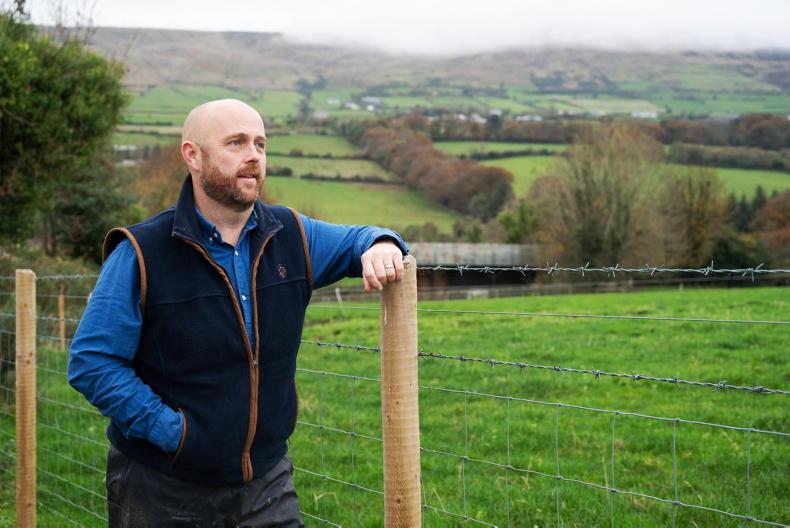
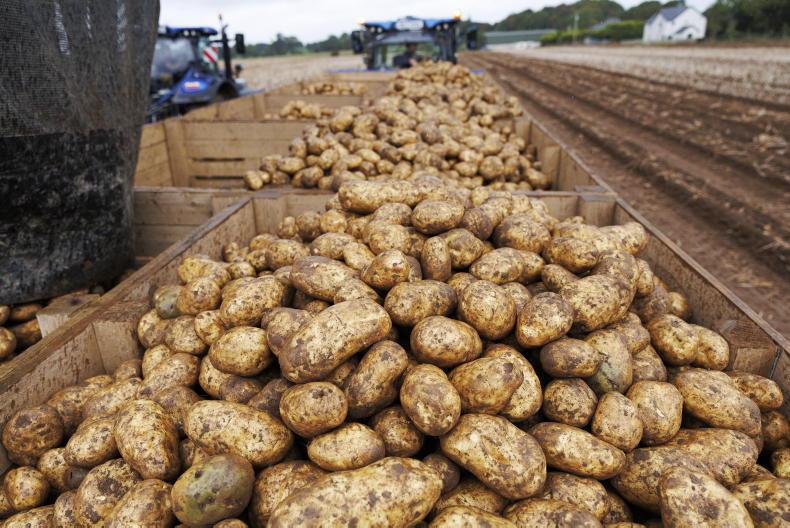
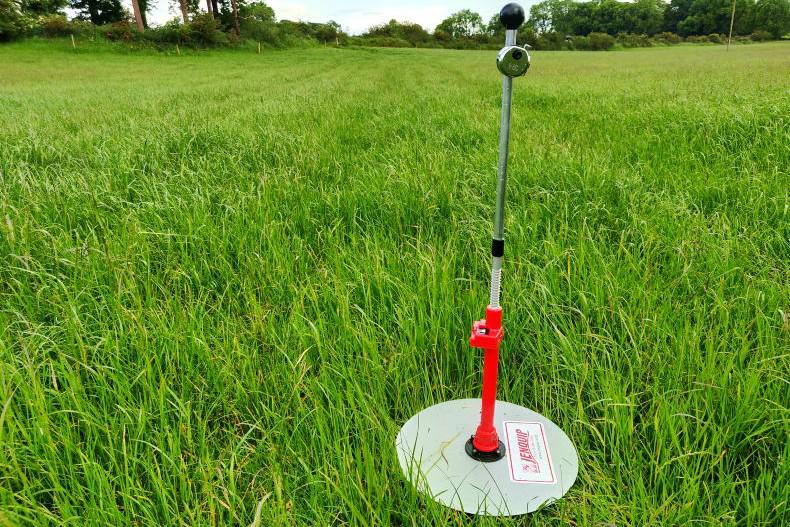
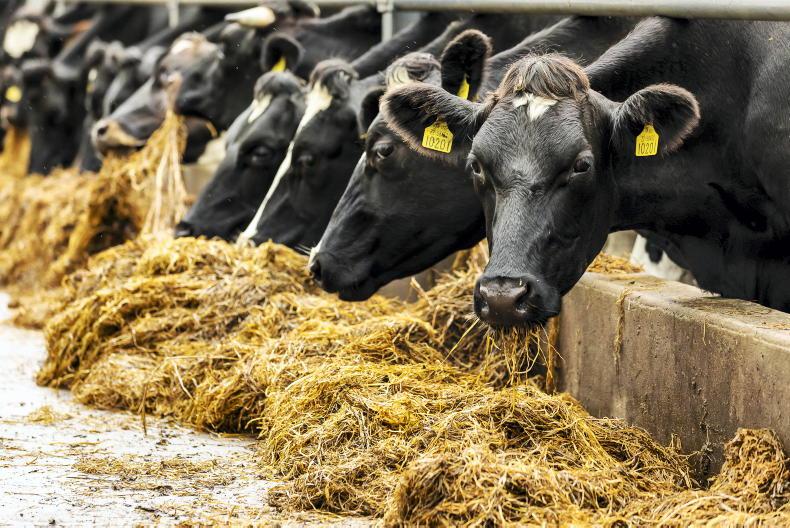
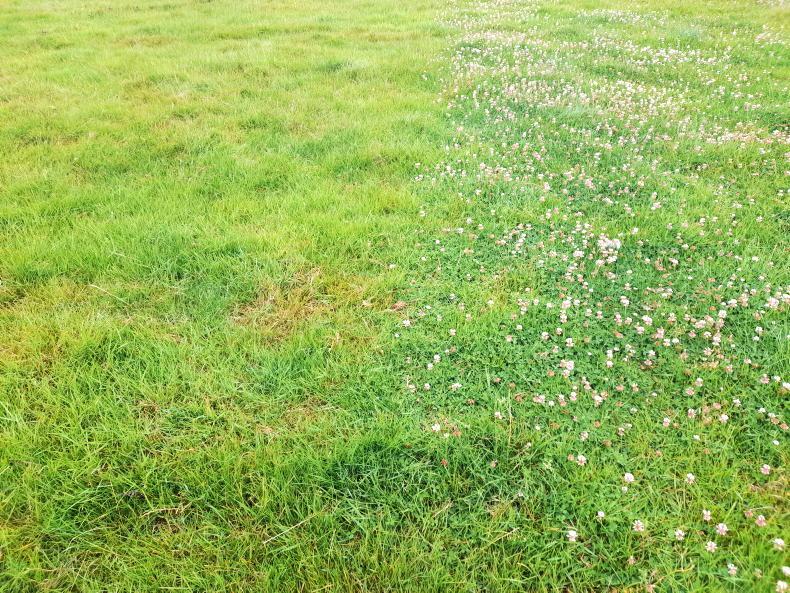
SHARING OPTIONS